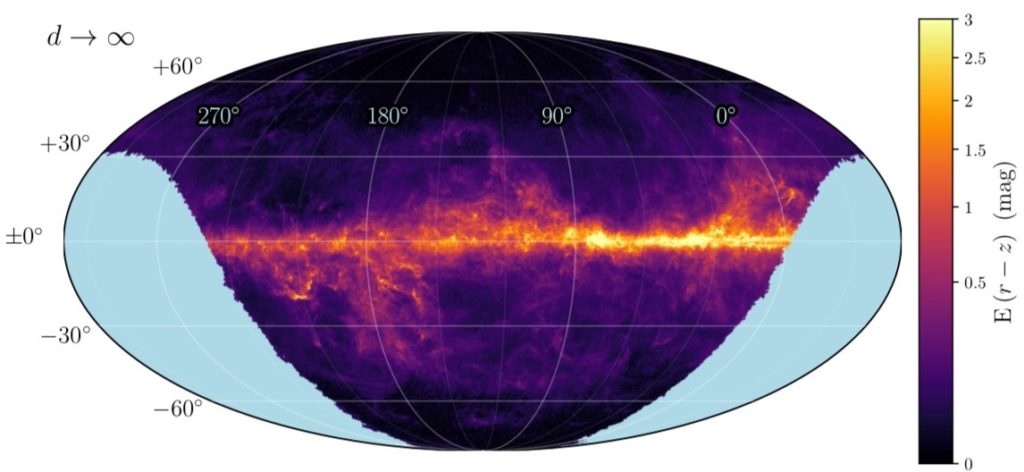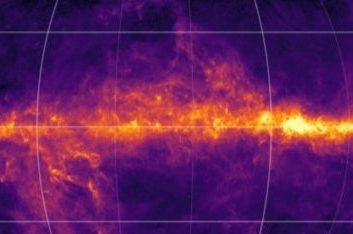We present a new three-dimensional map of dust reddening, based on Gaia parallaxes and stellar photometry from Pan-STARRS 1 and 2MASS. This map covers the sky north of a declination of -30 degrees, out to a distance of several kiloparsecs. This new map contains three major improvements over our previous work. First, the inclusion of Gaia parallaxes dramatically improves distance estimates to nearby stars. Second, we incorporate a spatial prior that correlates the dust density across nearby sightlines. This produces a smoother map, with more isotropic clouds and smaller distance uncertainties, particularly to clouds within the nearest kiloparsec. Third, we infer the dust density with a distance resolution that is four times finer than in our previous work, to accommodate the improvements in signal-to-noise enabled by the other improvements. As part of this work, we infer the distances, reddenings and types of 799 million stars. We obtain typical reddening uncertainties that are ~30% smaller than those reported in the Gaia DR2 catalog, reflecting the greater number of photometric passbands that enter into our analysis. Our 3D dust map can be accessed at https://doi.org/10.7910/DVN/2EJ9TX or through the Python package “dustmaps,” and can be queried interactively at http://argonaut.skymaps.info. Our catalog of stellar parameters can be accessed at https://doi.org/10.7910/DVN/AV9GXO.
Green, Gregory M.; Schlafly, Edward F.; Zucker, Catherine; Speagle, Joshua S.; Finkbeiner, Douglas P.
2019, arXiv e-prints, 1905, arXiv:1905.02734
http://adsabs.harvard.edu/abs/2019arXiv190502734G

